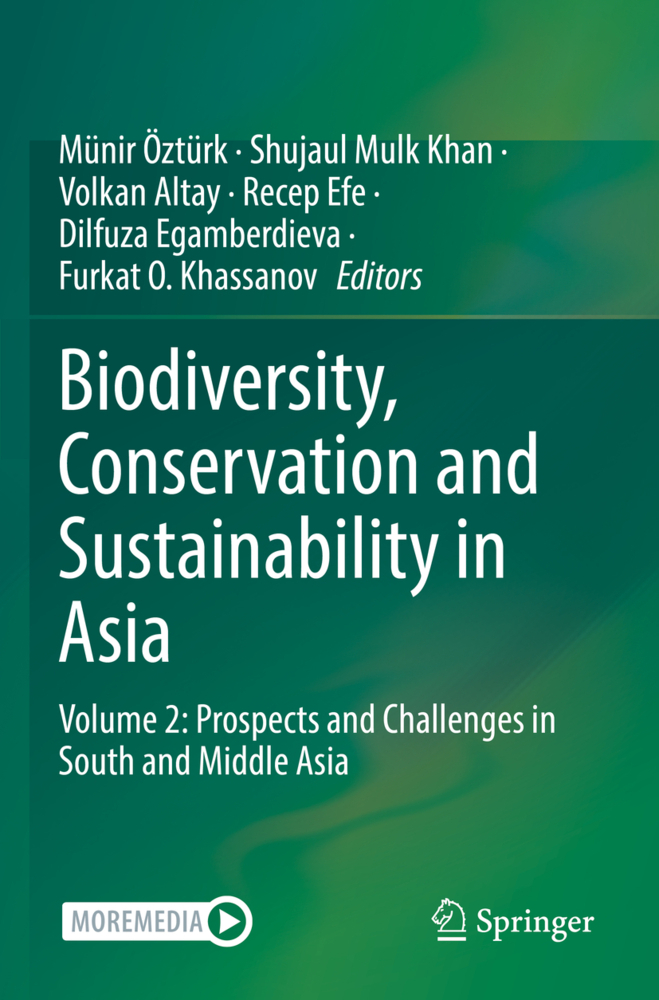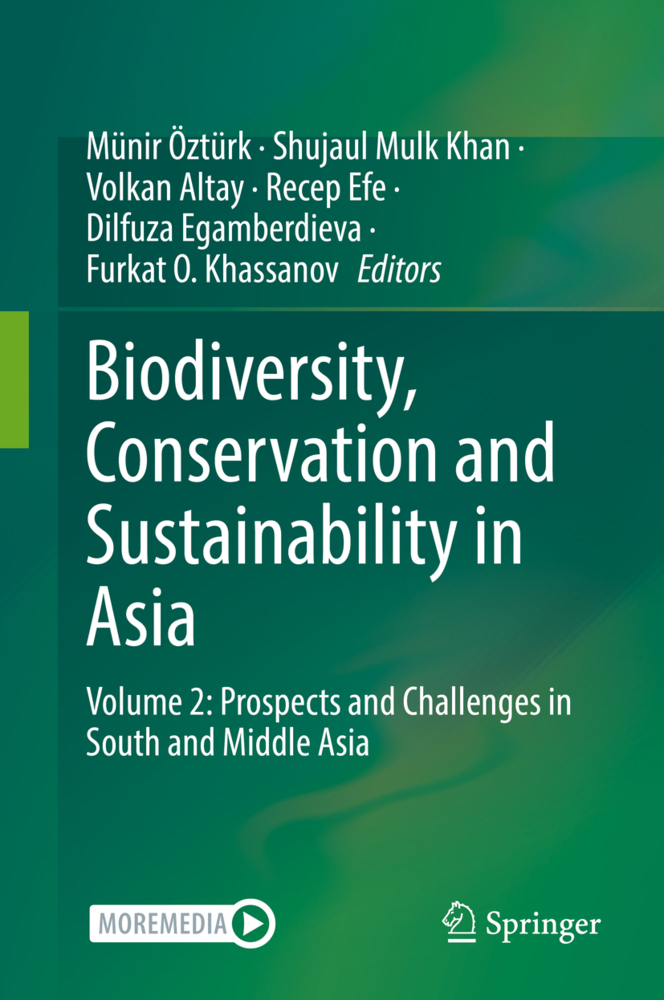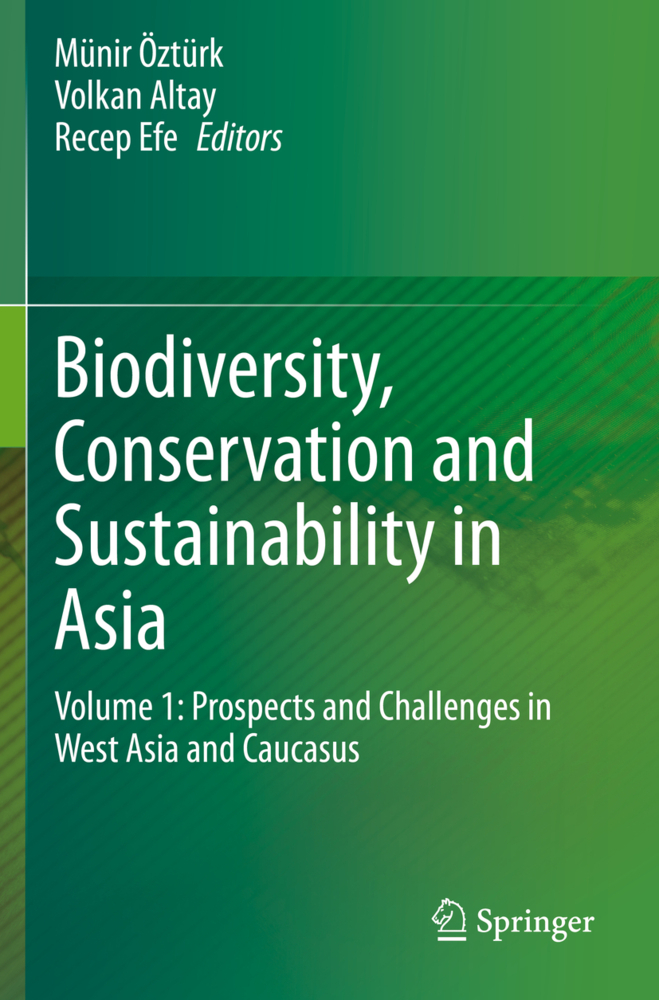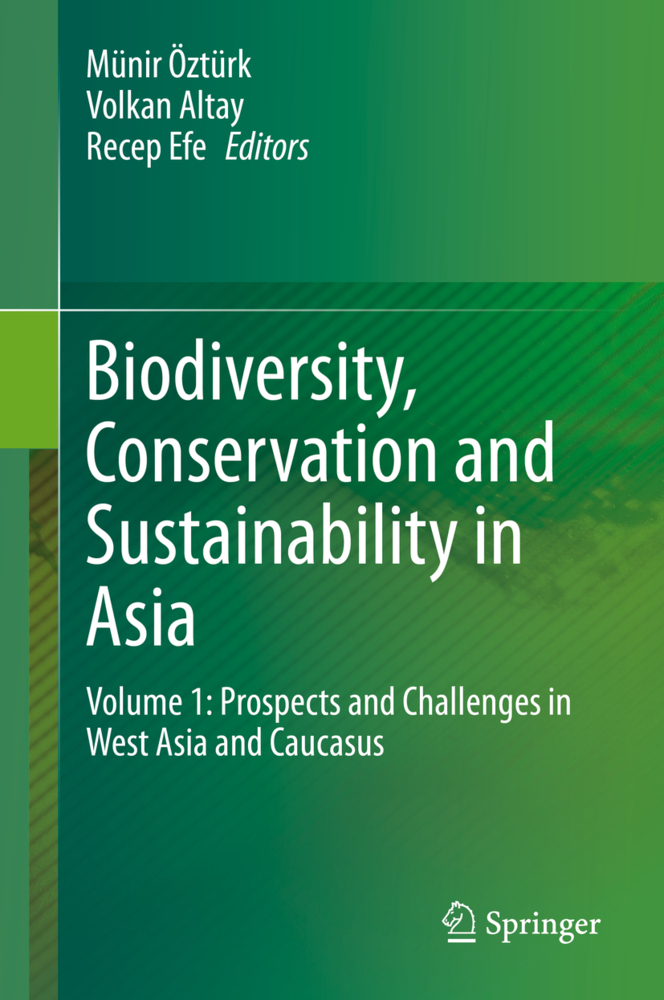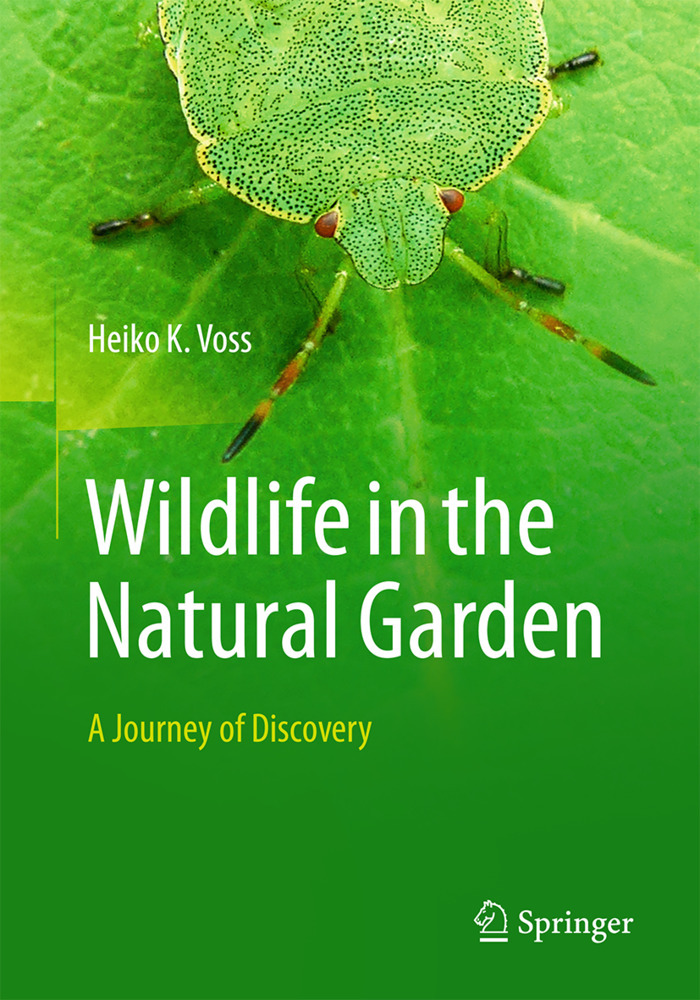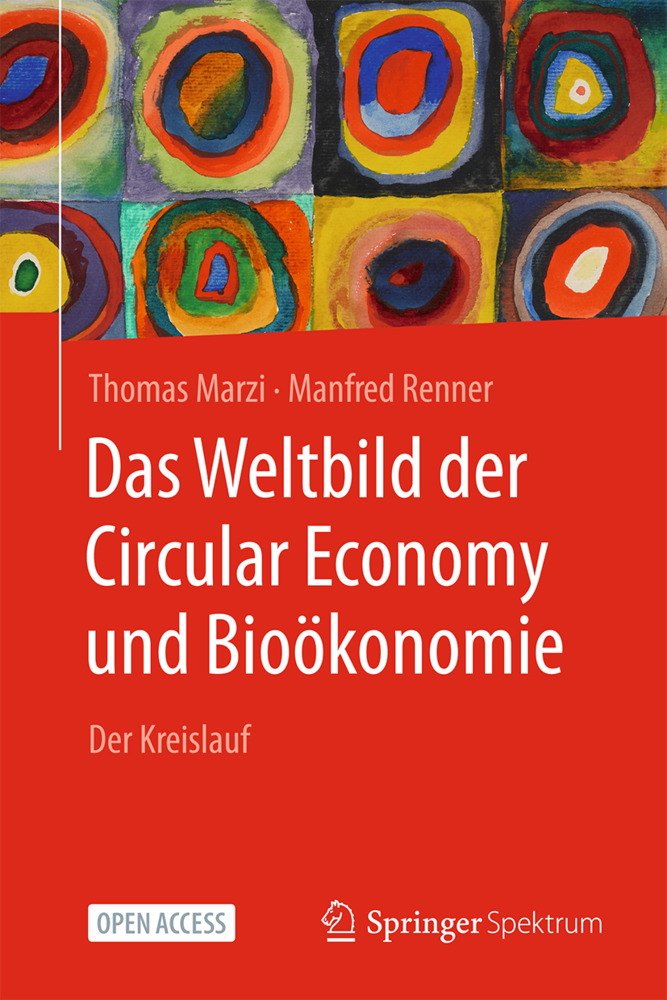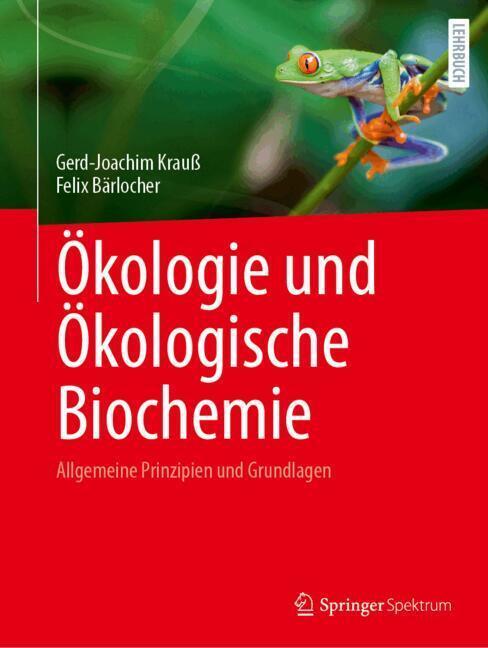Biodiversity, Conservation and Sustainability in Asia
Biodiversity, Conservation and Sustainability in Asia
Of the world's seven continents, Asia is the largest. Its physical landscapes, political units, and ethnic groups are both wide-ranging and many. Southwest, South and Middle Asia are highly populated regions which, as a whole, cover an extremely large area of varied geography. In total, this domain is unique in its plant diversity and large vegetation zones with different communities and biomes. It is rich in endemics, with specific and intraspecific diversity of fruit trees and medicinal plants, including a number of rare, high value, species. At the same time, much of the land in the region is too dry or too rugged, with many geographical extremes. Overgrazing, oil and mineral extraction, and poaching are the major threats in the area.
This two-volume project focuses on the dynamic biodiversity of the region with in-depth analysis on phytosociology, plants, animals and agroecology. There are also chapters that explore new applications as well as approachesto overcome problems associated with climate change. Much of the research and analysis are presented here for the first time. We believe this work is a valuable resource for professionals and researchers working in the fields of plant diversity and vegetation, animal diversity and animal populations, and geo-diversity and sustainable land use, among others.
The first volume guides our readers to West Asia and the Caucasus region, while volume two focuses on issues unique to South and Middle Asia.
1.Current Status of Vegetation of the Dried Bottom of the Aral Sea
2.Role of Grasslands in Soil Carbon Storage - Case Study from Alpine Grasslands of North-Western Kashmir Himalayas3.The Importance of Forest for Soil, Food and Climate Security in Asia
4.The vegetation of Pamir-Alay Mountainous System in the Middle Asia
5.Plant Diversity and Species Distribution Pattern across the Pir Panchal Mountain Forest Range in the Western Himalayas
6.The Ecology of Pakistani Ferns and Lycophytes
7.Woody Species Diversity in the Foot Hills of Eastern Himalayas
8.Phytogeographical classification of Plants Distributed in the Jambil Valley District Swat, Pakistan
9.Diversity of Cyanobacteria in Thermal Water Bodies of Southwest India
10. Biodiversity and Freshwater Ecosystem Services; A Case Study of the Hamzakot area of Mardan, Pakistan
11. Ecological Evaluation of Parrotiopsis jacquemontiana in the Hindu Kush and Himalayan Ranges of Pakistan and its Conservation Status
12. Role of Chitral Gol National Park in Maintaining and Conserving Plant Diversity of the region
13. Liakot Forests in Kalam, District Swat, Pakistan; Floristics, Conservation, Sustainability and Ecological Classification
14. Plants and Plant Communities of the Kurram Valley, Pakistan
15. Spatial Diversity, Patterns of Forest Vegetation and Sustainability Analysis of the Murree Mountains of Western Himalayas
16. Phytosociological Studies, Economic Values and Sustainable Uses of Alnus nitida; a monophyletic species of the western Himalayas and Hindu Kush region of the Sino-Japanese belt of Pakistan
17. Vegetation Diversity of Ranikot Fort Area, Sindh, Pakistan
18. GRAVEYARDS - Conservation Spots of Species Diversity: Case Study from the North Western Area of Pakistan
19. Environmental Issues in Nexus to Ecological Poverty in Balochistan, South-West Province of Pakistan
20. Urban Greening towards Sustainable Development and Sustainability
21. Revision ofthe genus Allium L. (Amaryllidaceae) in the flora of India
22. A taxonomical revision of genus Allium L. (Amaryllidaceae) in the Flora of Middle Asia
23. A Preliminary Checklist, Phenology and Biological Spectrum of the Vascular Flora of Manglot Wildlife Park, Nizampur Pakistan
24. Floristic Inventory of Ethno-botanically important plants of Thangy Dara District Dir lower Khyber Pakhtunkhwa, Pakistan
25. Invasive Alien Species; An Emerging Challenge for the Biodiversity of Pakistan
26. Vascular Plant Diversity of Changa Valley, District Shangla, Hindukush Range, Pakistan
27. Bee Diversity in Pakistan
28. Fish Fauna of Kashmir Valley and their Conservational Measures for Sustainable Fish Production
29. Anuran Diversity in Three Landscapes of Kodagu Region of the Western Ghats of India
30. Himalayan Ibex (Capra sibirica hemalayanus): Distribution, Population Structure and Conservation
31. Current Status of the Bird Life of Pakistan
32. Gummosis of Stone Fruit
33.Agrobiodiversity; Effect of Drought Stress on Eco-Physiology and Morphology of Wheat
34. Microgravity - Simulation, Acceleration and Effects on Plants: Case Study on Globally Important Agricultural Crop Rice
35. Fruit Diversity in Kashmir
36. Weed vegetation in Maize Crop of the Shahbaz Garhi, District Mardan; Gradient of Diversity and Species Composition
37. Management of Mango Hopper, in Mango (Mangifera indica L.) Agro ecosystems through Different Ways
38. Wild Morels in Pakistan: Environmental and Trading Statues
39. Folkloric Knowledge of Plant Species Used by Local Communities in a Protected Area of Kashmir Himalayas
40.Peganum harmala: Phytochemistry, Traditional Uses and Biological Activities
41. Ethnomedicinal and Cultural importance of Myrtus communis L. for the Local Communities Living in the Remote Tribal District of Bajaur
42. Ethnobotany in Iran: Pas-Qaleh Village (Tehran); A Case Study
43. An Overview of Common Medicinal Plants of Middle Asia
44.Diverse Medicinal Attributes of Indigenous Flora of the Southwest India
45. Genus Thymus in Iran - Ethnobotany, Phytochemical, Molecular and Pharmacological Features
46. Systematic and Medicinal Uses of Fern Diversity in the Swat Valley, Khyber Pukhtunkhwa, Pakistan
47. Ethnodiversity of Moist Temperate Mountain Forests - A Case Study from Ayubia National Park, Western Himalayas, Pakistan
48. Floristic diversity and Ethno-botanical Knowledge of Mahnoor Valley in the Himalayas of Pakistan
49. Climate Change and Medicinal Plants, India: An Overview
50. Ethnobotany and Sustainable Utilization of Plants in the Potohar Plateau, Pakistan
51. An Overview of Ethnobotany of Berberis lycium Royle in Pakistan
52. Brick Kilns: Types, Emissions, Environmental Impacts and Their Remedial Measures
53. Air Pollutant Emissions in the Pristine Kashmir Valley from the Brick Kilns
54.A New Approach within AHP Framework for Prioritization of Air Quality Management in Kashmir
55. Compendium of A Road Transport Emission Inventory for the Srinagar City of Kashmir
56. Post-Soviet Kazakhstan: Civil Service Reforms, Opportunities and Challenges.
Öztürk, Münir
Khan, Shujaul Mulk
Altay, Volkan
Efe, Recep
Egamberdieva, Dilfuza
Khassanov, Furkat O.
| ISBN | 978-3-030-73945-4 |
|---|---|
| Artikelnummer | 9783030739454 |
| Medientyp | Buch |
| Auflage | 1st ed. 2022 |
| Copyrightjahr | 2023 |
| Verlag | Springer, Berlin |
| Umfang | XXV, 1089 Seiten |
| Abbildungen | XXV, 1089 p. 401 illus., 378 illus. in color. |
| Sprache | Englisch |

